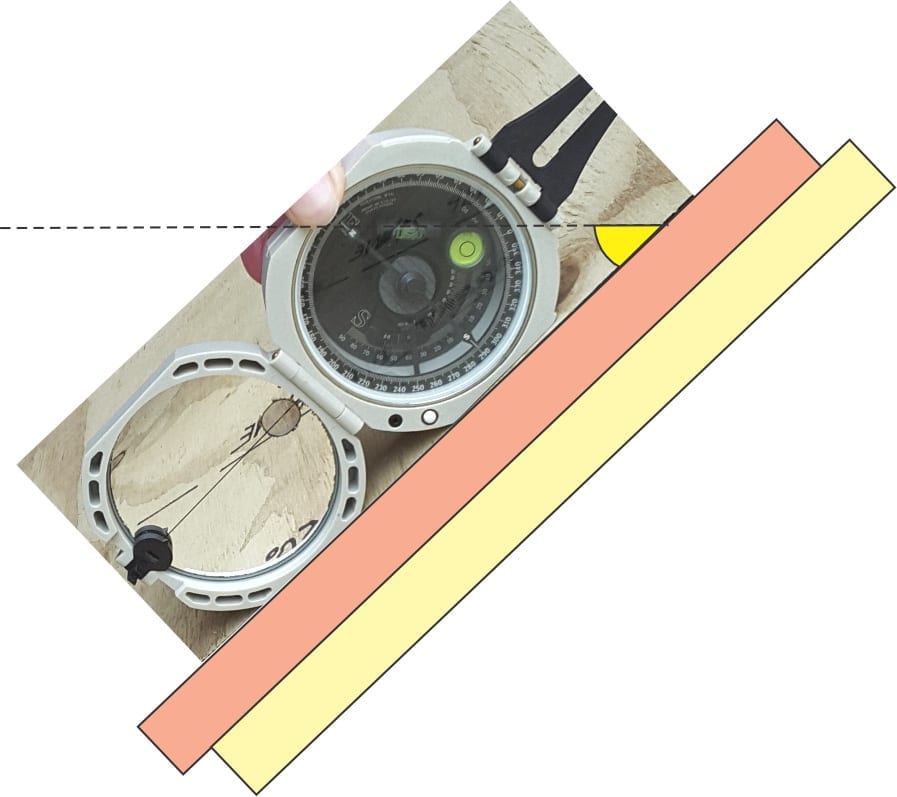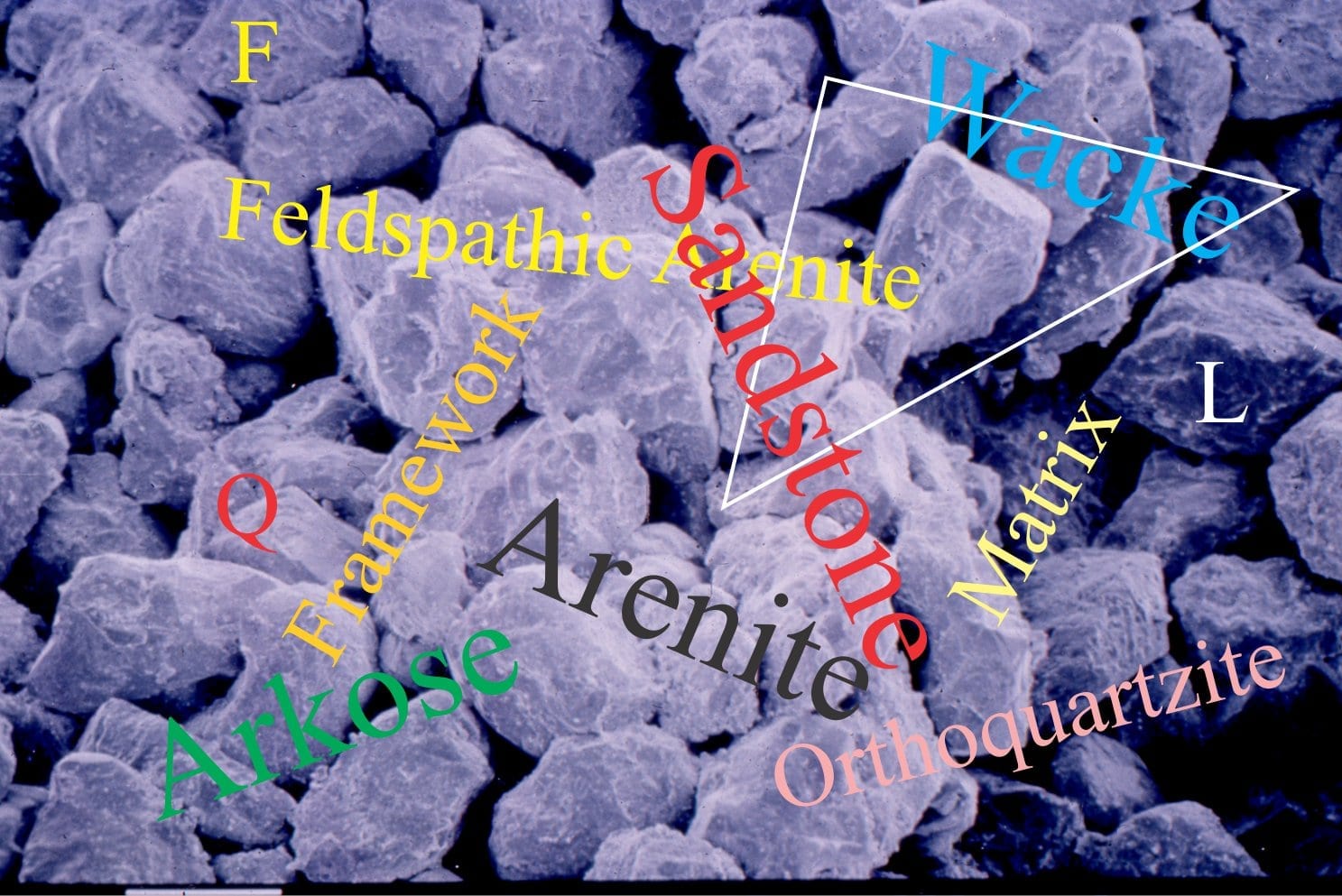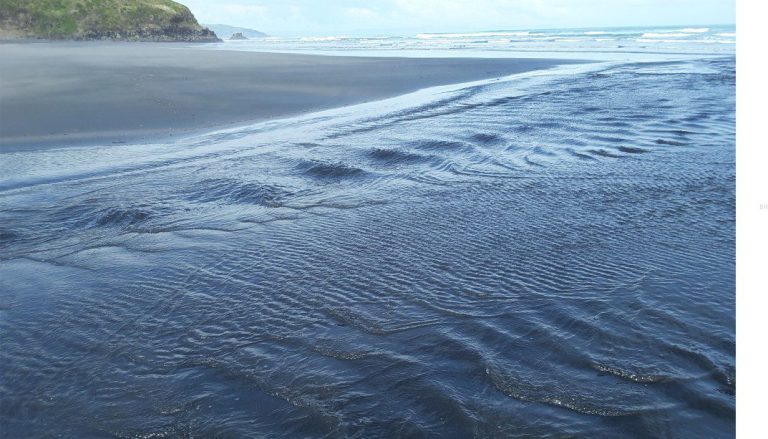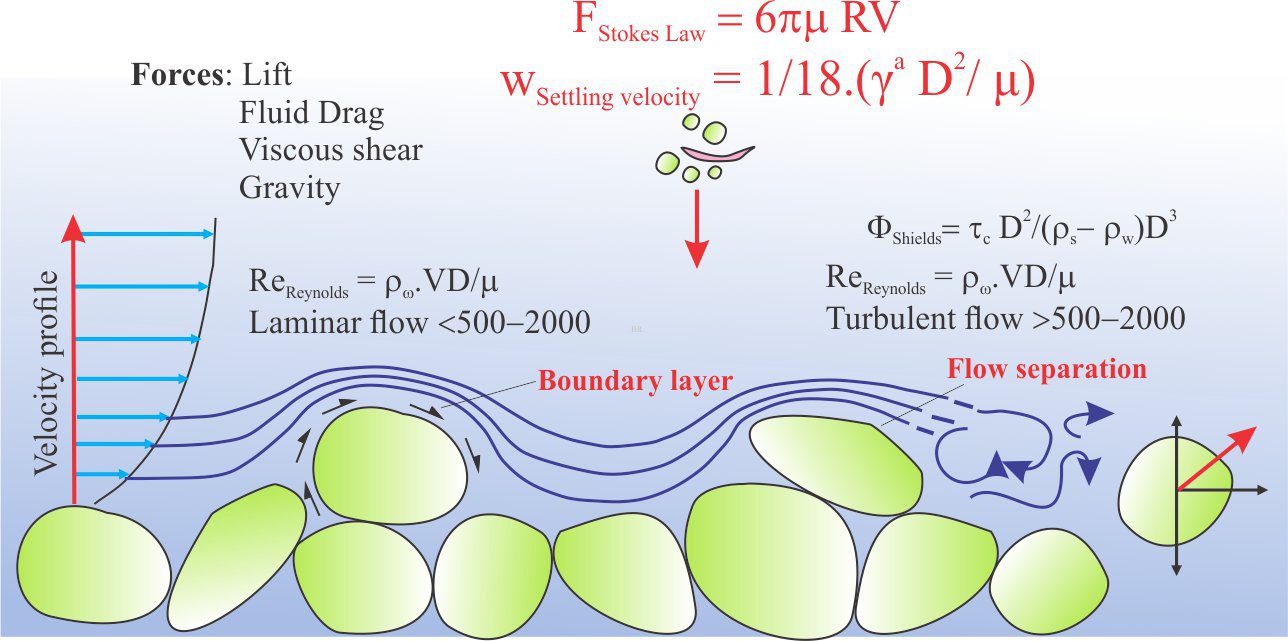
ripples. The clarity of this image is amazing. Image credit: NASA/JPL-Caltech/MSSS
Our knowledge and understanding of the Solar System and its manifold flotsam and jetsam, from specks of dust to our average-sized Sun, has increased to the point that travel by spacecraft and rovers to far-flung lands is not only achievable, it allows us to contemplate our own sojourns – to Mars or back to the Moon. I marvel at the bewildering differences among our planets – the rocky planets and gas giants and their tidally-trapped partners; Io, Enceladus, Titan, the Moon. My own visits to any of these will only ever be imagined. I have never worked on planetary geology. So, the posts that follow will probably be as close as I get.
The red planet has for centuries figured in our imagination. Did Giovanni Schiaparelli anticipate the levels of excitement and speculation when he produced his wonderful map of canali (1888) – features he rendered as channels. Misinterpretation of his term as canals, with its anthropomorphic connotations, whether by omission or commission, let imaginations go wild, creating whole new worlds of ancient Martian civilizations that had structured their existence around complex drainage systems. H.G. Wells made good use of these imaginative scenarios in his War of the Worlds (1898). Orson Welles took these visions to a whole new level of hysteria with his 1938 dramatization that created panic in the unwitting, anger in the duped (especially some broadcasters), and amusement in everyone else.
The new era of Mars science probably began with the Mariner Mission flybys between 1965 and 1971, followed by the Viking 1 and 2 missions (1976) that also landed on the surface. These early missions finally gave us imagery and data on which planetary scientists were able to generate sensible hypotheses. Our ideas about Mars evolution – its atmosphere, hydrosphere, and lithosphere have increased in sophistication concomitant with the increasing ingenuity of exploration missions since the mid 1970s. There is now a wealth of information – images, data – and yet the question was there life on Mars remains allusive.
We take the existence of rocks for granted on Terra firma; we know this because we can hammer at them, eye them with a hand lens, test them with a drop of dilute HCl, and bag a sample for future lab analyses. Should we assume that sedimentary rocks are present on other planets? One of our first tasks is to justify our understanding that such rocks exist on Mars. This is not a trivial pursuit because the existence of sedimentary rocks implies, fundamentally, that there must be a fluid medium capable of moving and depositing sedimentary material.
The posts deal primarily with Mars sedimentology and stratigraphy. They are not encyclopedic, but hopefully will serve as a useful introduction. They begin with an acknowledgement that every image and piece of data has been gathered by remote vehicles (the only exceptions are a few Martian meteorites that have impacted Earth). The fundamental chronostratigraphic frameworks for Mars, the Moon and the other rocky planets – Venus, Mercury – are based on the relative ages of impact craters, their densities, frequencies, and stratigraphic position according to Nicholas Steno’s Principle of Superposition. Unlike Earth, fossils play no role in establishing this framework.
For definitions check the Glossary of Planetary Geology
Mars sedimentology and stratigraphy
Martian Stratigraphy – The Framework
Stratigraphy of the rocky planets
Evidence for sedimentary rocks on Mars
Mars orbiter and lander missions
Evidence for bedload deposition on Mars
A few older posts
Sand dunes but no beach; A Martian breeze
A watery Mars: Canals, a duped radio audience, and geological excursions
Life on Mars; what are we searching for?
Visualizing Mars landscape in 3 dimensions; stunning images from HiRISE







